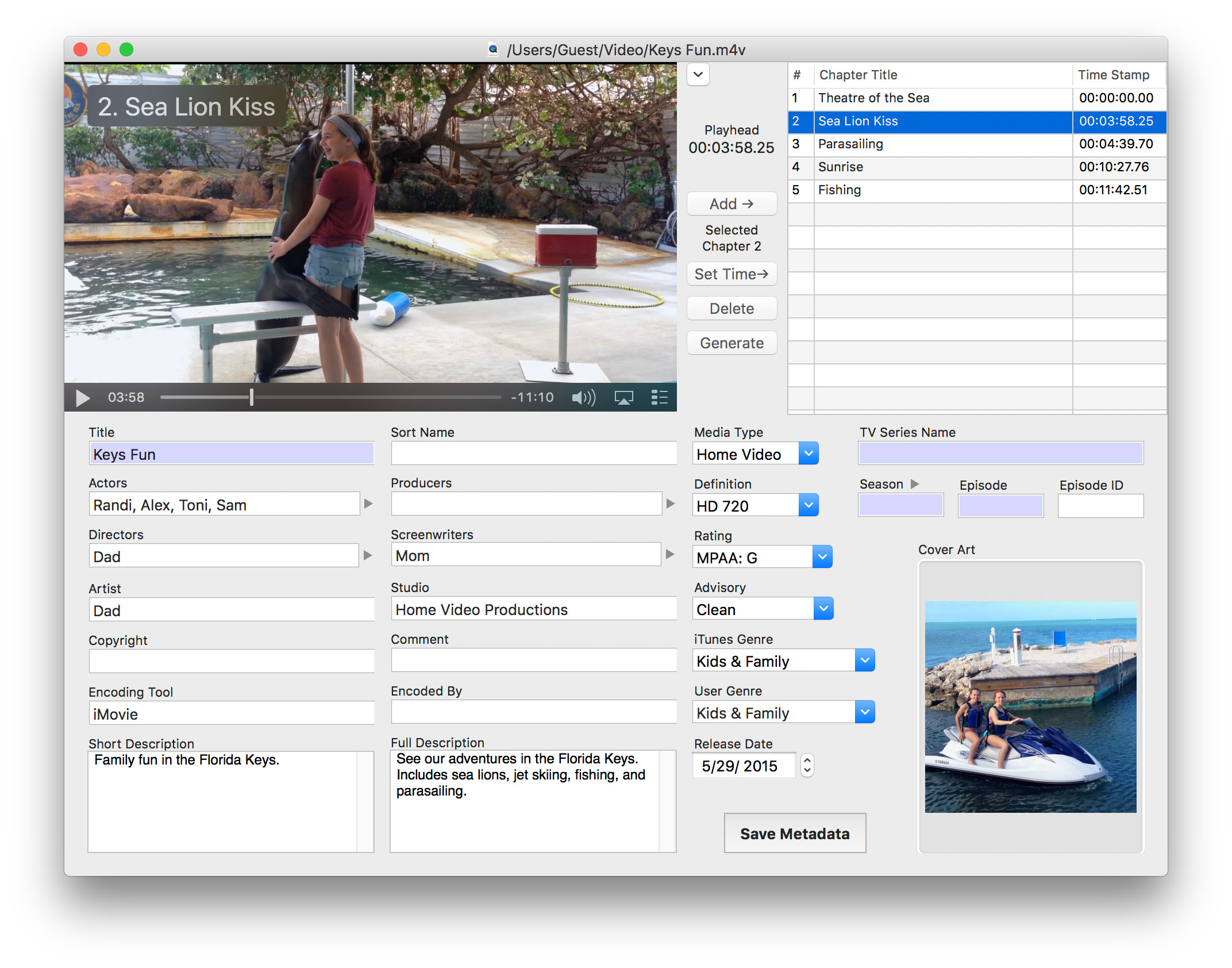

Water levels in these wetlands generally vary from a few inches to two or three feet, and some marshes, like prairie potholes, may periodically dry out completely. They frequently occur along streams in poorly drained depressions and in the shallow water along the boundaries of lakes, ponds and rivers. They are mostly freshwater marshes, although some are brackish or alkaline. Non-tidal marshes are the most prevalent and widely distributed wetlands in North America. Muskrat (Ondatra zibethicus) next to its house in a cattail-dominated marsh. The hydrogeomorphic (HGM) includes five major wetland types: riverine, slope depressional, flat and fringe.

precipitation, groundwater or surface water) and hydrodynamics. As the title implies, wetlands are classified by their geomorphic setting, dominant water source (e.g. Army Corps of Engineers, was developed by Brinson and is described in A Hydrogeomorphic Classification for Wetlands. Army Corps of EngineersĪnother common wetland classification system, used by the U.S. The Cowardin system includes five major wetland types: marine, tidal, lacustrine, palustrine and riverine. In this system, wetlands are classified by landscape position, vegetation cover and hydrologic regime. Fish and Wildlife Service for the National Wetlands Inventory. One commonly used classification system for wetlands was developed by Cowardin and is described in Classification of Wetlands and Deepwater Habitats of the United States.


 0 kommentar(er)
0 kommentar(er)
